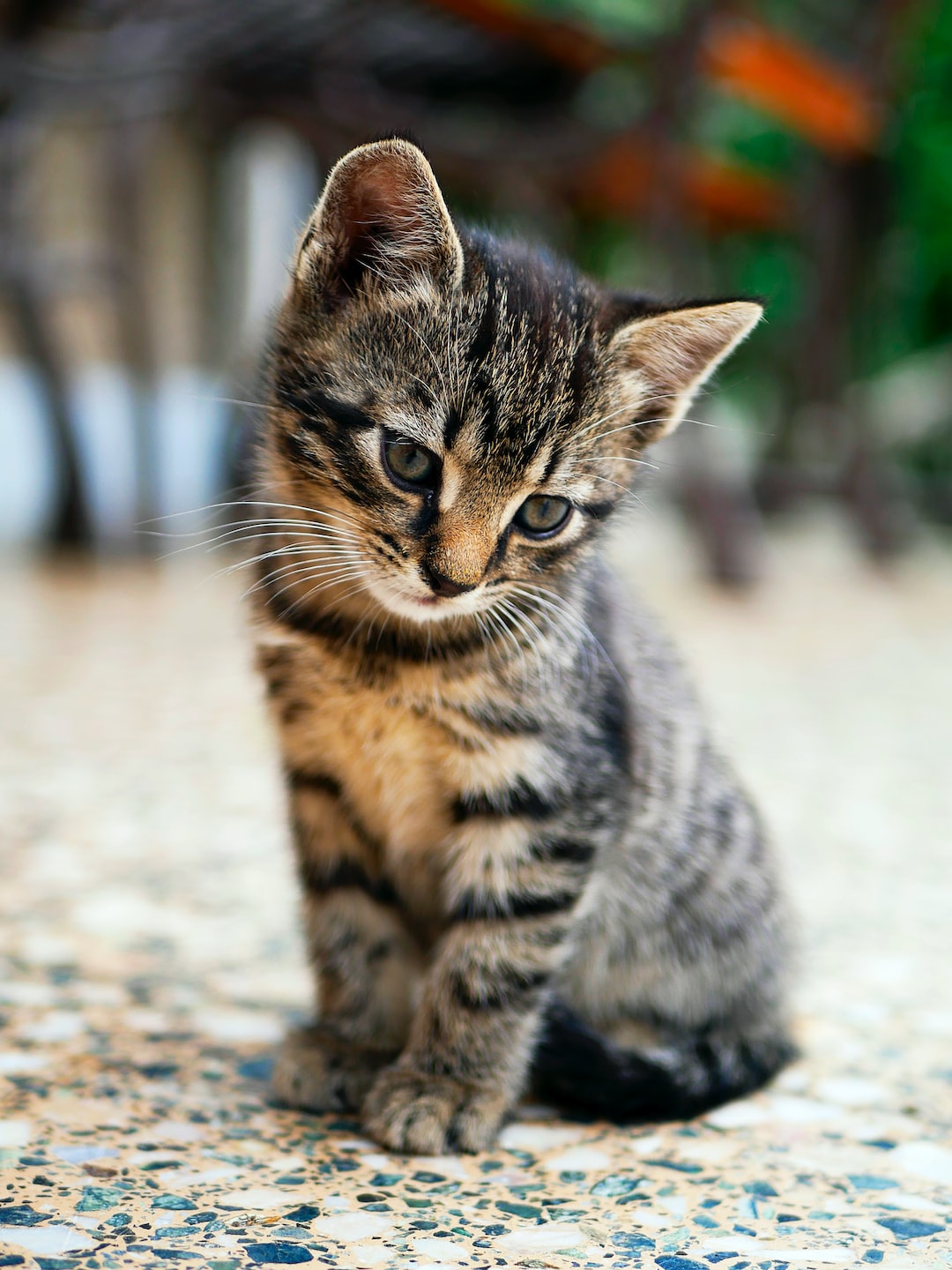The animal world is a fascinating place where different species coexist in a complex and intricate ecosystem. At the heart of this ecosystem lies the unique relationship between prey and predator. This relationship involves hunting, killing, and eating for survival, and has shaped the behavior and physiology of both groups of animals in remarkable ways. In this article, we explore the nature of prey and predator relationships in the animal world.
At its most basic level, prey and predator relationships are a matter of survival. Predators hunt and kill prey to obtain the necessary energy and nutrients to survive, while prey have evolved adaptations to avoid being caught and eaten. These adaptations can include camouflage, speed, agility, and defensive behavior, which are essential for their survival.
One of the most intriguing aspects of this relationship is how it has shaped the physiology and behavior of predators. Hunting and killing is no easy feat, and predators have evolved specialized hunting skills, such as acute senses of smell, sight, and hearing, powerful jaws, sharp claws, and the ability to move quickly and stealthily. These adaptations enable them to catch their prey, but they also come with significant challenges. Hunting requires a great deal of energy, which means predators must consume a large amount of prey regularly to stay healthy.
On the other hand, prey have had to develop defense mechanisms to help them evade predators. Prey animals can be skittish, hiding or running away from potential danger on a moment’s notice. Many prey animals have developed keen senses of smell and hearing that allow them to detect predators long before they come into sight. Camouflage, mimicry, and other forms of deception have also evolved, allowing many prey animals to blend in with their surroundings or fool predators into thinking they’re not suitable prey.
That said, it’s important to remember that the relationship between predators and prey isn’t all about hunting and being hunted. These interactions can also have significant impacts on the environment as a whole. For instance, predators help control the population of their prey, which in turn helps to promote biodiversity in an ecosystem. When predators hunt, they often target the weaker or older individuals in a population, which can reduce the spread of diseases and increase genetic diversity. On the other hand, if predators are overhunted or if the prey population becomes too large, it can upset the balance of an ecosystem, leading to environmental degradation or even extinction in some cases.
In conclusion, the relationship between prey and predator is one of the most fascinating aspects of the natural world. This relationship has shaped the physiology and behavior of both groups of animals in remarkable ways that have enabled them to survive and thrive in diverse ecosystems around the world. While hunting and killing may seem brutal to some, it’s essential for both predators and prey to exist in a healthy balance for the greater good of the environment. As such, we must continue to study and observe this relationship to better understand the natural world around us.
